The Bio-Ilhas project – Requalification of Salt Flats and Lagoon Areas of Sapal (Olhão and Faro), which spent two years fighting for preservation and survival, ended in July with «a very positive outcome», announced the Vita Nativa Association – Environmental Conservation, in partnership with the Viridia Association – Conservation in Action.
The data that was collected “demonstrated that the project's actions not only created nesting areas with high reproductive success, but also created conditions for occupation and rest in the areas adjacent to the intervened areas. With the success of this project, it is expected to soon expand the area of action, thus multiplying and prolonging the results already achieved», according to Vita Nativa.
This project aimed to «requalify the degraded salt marsh areas, an area of great importance for feeding wintering shorebirds and nesting for the sea partridge (Glareola pratincola)», as well as «implementing artificial islands in WWTP tanks and of salt marshes that allow the nesting of aquatic birds, such as the chirping plover (Sternula albifrons), the avocet (Recurvirostra avosetta) and the black-necked plover (Charadrius alexandrinus)'.
In addition to preserving these target species, the Bio-Ilhas project «also aims to enhance and sustain population centers of other aquatic species».
Over the course of two years, the project promoters installed «ten bio-islands in the salt areas between Olhão and Faro and also in the lagoons of the WWTPs in this region. In salt areas, public access to the bunds was also limited and anti-predation structures were installed».
«At the Olhão-Poente WWTP, the natural island of the main lagoon was also renaturalized and anti-predation protections were installed. Finally, at the WWTP of Faro-Olhão, the salt marsh area was regenerated. In total, during the Bio-Ilhas project, an area of 10.256 square meters (m2) was intervened, with 10.000 m2 of regenerated salt marsh and 256 m2 of islands and ridges», according to Vita Nativa.
Throughout the 26 months of the project, weekly visits were conducted to these areas, «which resulted in around 380.000 observations of 88 different bird species, and confirmed the nesting of all target species in the intervention area».
Chirps, Pied Avocets and Pied Plovers have built their nests on islands, bunds and limited access areas, with 109 nests being recorded in these areas during the 2022 and 2023 nesting season.
In 2023, and after the removal of the debris, 15 pairs of sea partridges nested in the regenerated salt marsh area.
In addition to the monitoring sessions, scientific ringing sessions were also carried out, which resulted in the tagging of 465 individuals of 21 species. During the project, school visits to the salt mines were also promoted and awareness-raising materials were produced.
«Financing from the Viridia Association – Conservation in Action was fundamental for the completion of this project, which also included the partnership of ICNF – Regional Directorate for the Conservation of Nature and Forests of the Algarve, das Águas do Algarve, Necton – Companhia Portuguesa de Marine Cultures, and Salinas do Grelha – Secrets of the Ria», concluded Vita Nativa.
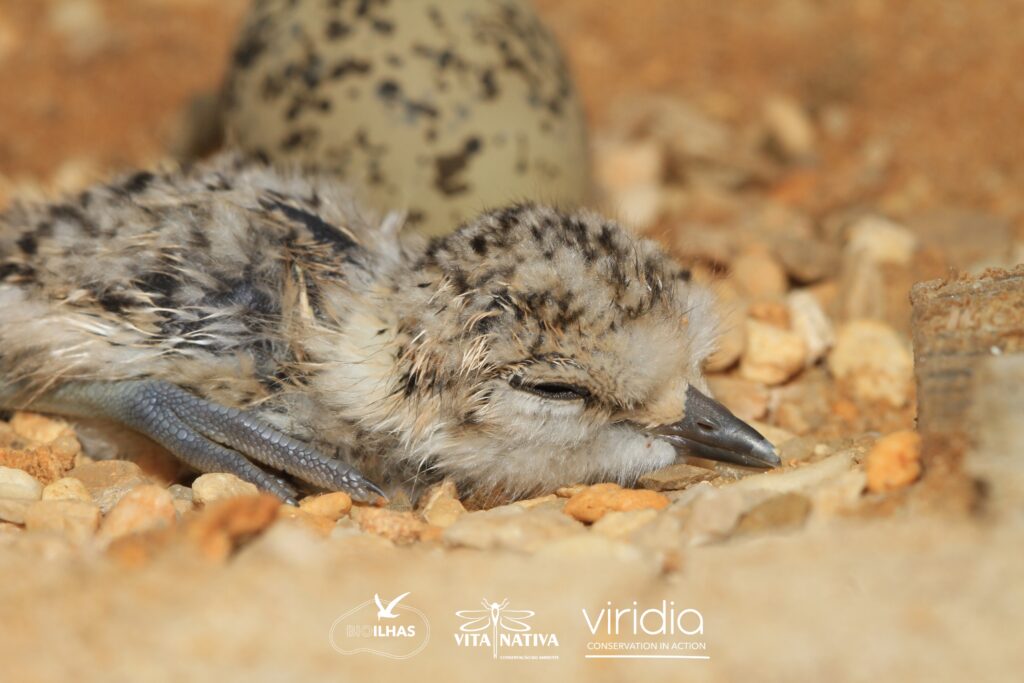
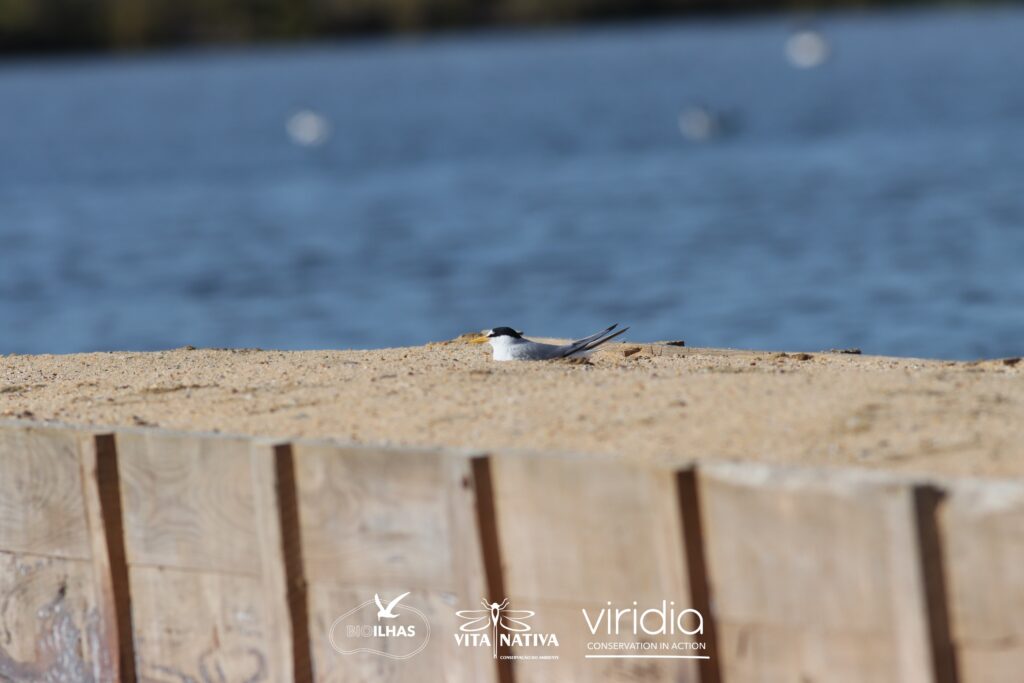
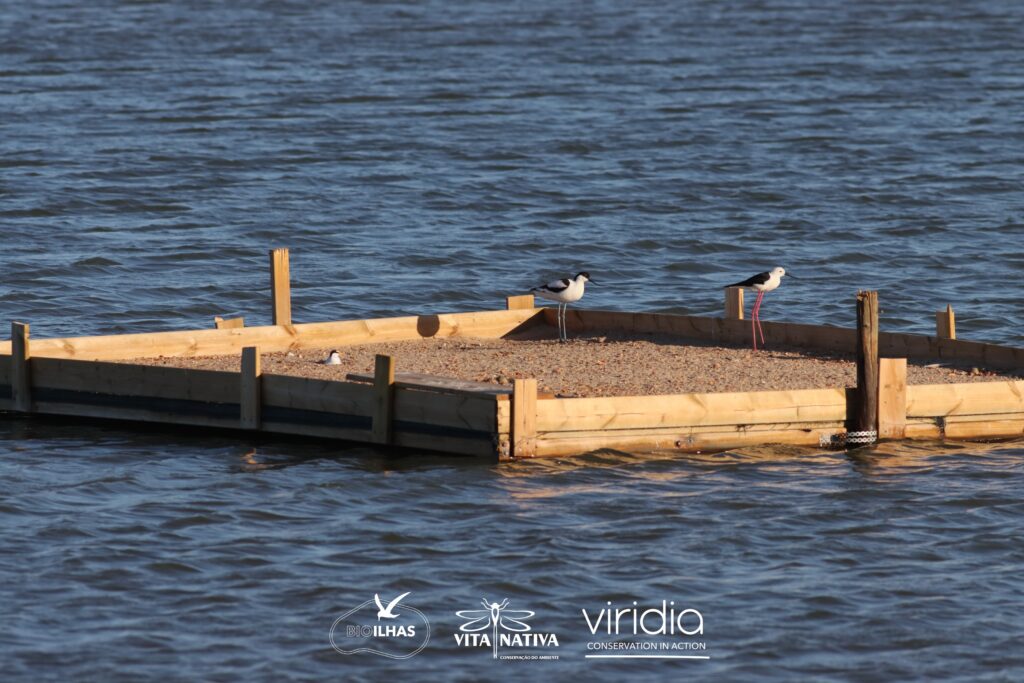
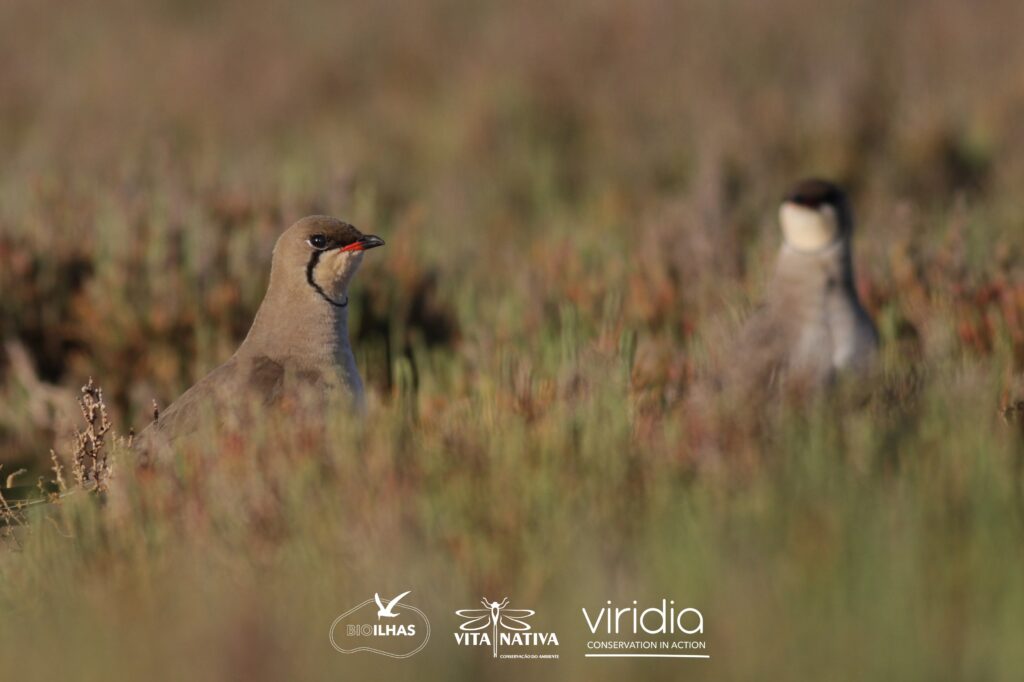
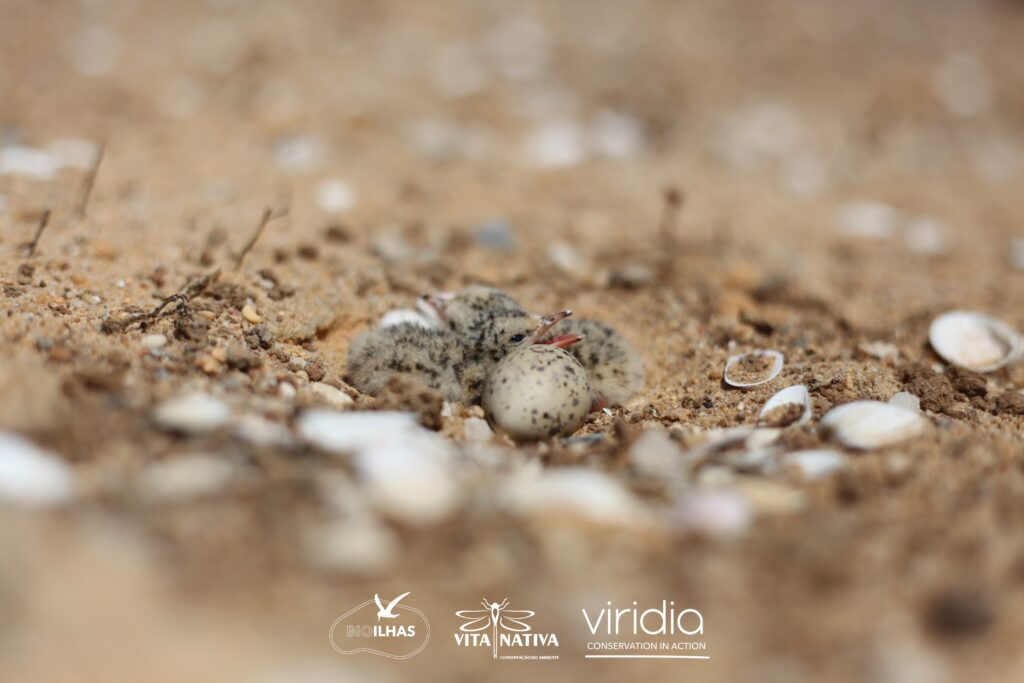


















Comments